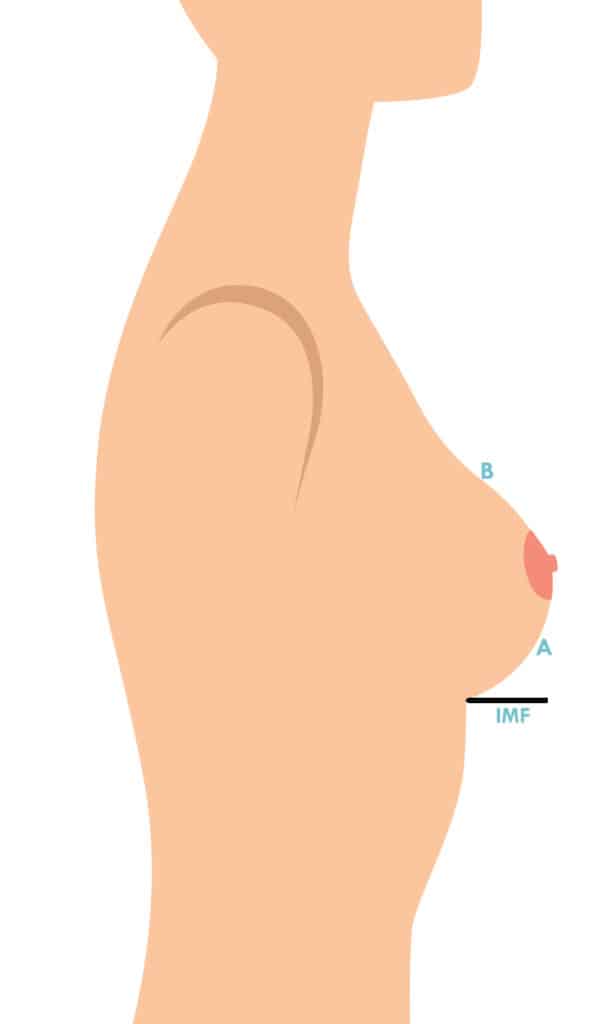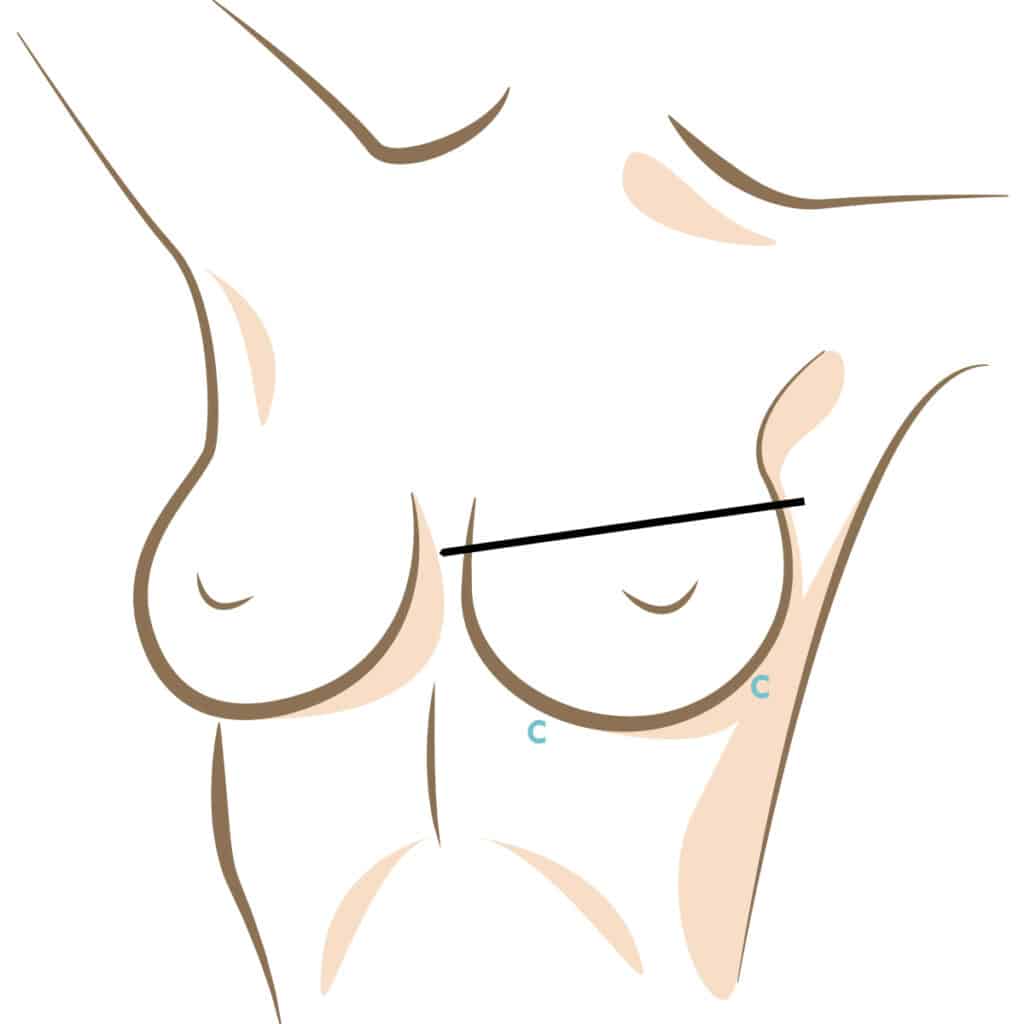One of the commonest reasons to see a Glendale plastic surgeon is for enhancement of the breasts. While each individual’s situation is unique, breast surgery boils down to making changes in size, shape or symmetry. Those are the key three components, and, if you asked anyone who had cosmetic breast surgery, she would have to say that she wanted to change something about her size, shape or balance. Plastic surgeons use these concepts for analyzing a patient’s situation and, as you better understand the way surgeons think, you will learn more about the procedures that are available.
SIZE
As far as breast size is concerned, much of the media and certain societal trends have suggested that “bigger is better.” The plastic surgeon, on the other hand, sees two opposing aspects of the issue of breast size. On the one hand, we see women with small or average breast volume who are seeking increased size in order to create a more feminine body contour or more enhanced chest area. Many of them are patients who wore size A-cup bras, and always looked at themselves as “flat-chested.” Those women often express the feeling that they have too “masculine” of a figure. Breast enlargement can achieve the goals of creating an improved shape in the chest area as well as a greater curve toward the torso. Not only do patients appreciate the results of their breast enhancement when they look at their body, but also they enjoy the benefits of new choices in their attire and wardrobe.
On the other hand, we commonly see women who have been large-breasted all of their adult life, and feel that very large and heavy breasts have been a burden. They may complain of neck and back pain, they may have indents in the shoulders where the bra straps rest, and they may have had skin rashes underneath the breasts from friction. For them, their large breast size has created physical problems, and they are seeking a reduction in size and weight. And, because larger breasts often show more sag and droop, they seek a smaller breast size that is lifted and more youthful. The fact that there are excellent candidates for both breast augmentation as well as breast reduction indicates that there is no “correct” choice as to whether the female breast should be made larger or smaller. Like most things in life, it’s about what you like and how it makes you feel.
SHAPE
As far as breast shape is concerned, it may seem to many that it would be difficult to describe the qualities of an attractive breast shape in words, and that it is completely an arbitrary judgment. . . the “you-know-it-when-you-see-it” concept. Actually, there are specific characteristics associated with what most individuals consider attractive breast shape. First, there is the concept of how high or low the nipple is positioned relative to the breast fold (we call the fold under the breast where the underwire rests, the “inframammary fold” or IMF). You can refer to figure 1 to see this illustrated. If the nipple is below the IMF when a person is standing up, the breast will appear “droopy” and in need of lifting. If the nipple is above the fold, it will appear more youthful. Second, the skin between the nipple and the IMF, which is the skin of the bottom part of the breast, should have a nice convex curve similar to the curve of a part of a circle (see “A”). If it is indented or too straight, it will give a suboptimal shape. Third, the skin above the nipple and extending to the collarbone should ideally be either straight or slightly convex (see “B”). If this is indented, it is not as ideal, and may seem deflated. Finally, from the front view, the breast curve from side to side of each breast should have a smooth curve that approaches, but does not have to match, that of a portion of a circle (see figure 2).
BALANCE
Finally, there is the issue of symmetry. This can be somewhat difficult to assess in mild cases. As a general statement about living organisms, perfect symmetry is almost never found. The closest that we can find in nature are highly similar levels of symmetry. This imperfection in life is also seen in the plastic surgery practice, where degrees of asymmetry between the left and the right breasts are detectable in almost all exams. So, that raises the question: At what point does the degree of asymmetry become a problem that needs correction? This is really a judgment call, since the human eye is drawn to asymmetry, and correcting an imbalance can significantly improve overall attractiveness. More severe asymmetry can also have practical implications, such as difficulties with bra fit and the need for padding or other measures to look normal. As a rule of thumb, if a patient’s asymmetry appears to be correctable in a safe and predictable way, it would be worth discussing with your surgeon.
We will further explore details about cosmetic breast surgery in Part 2!

